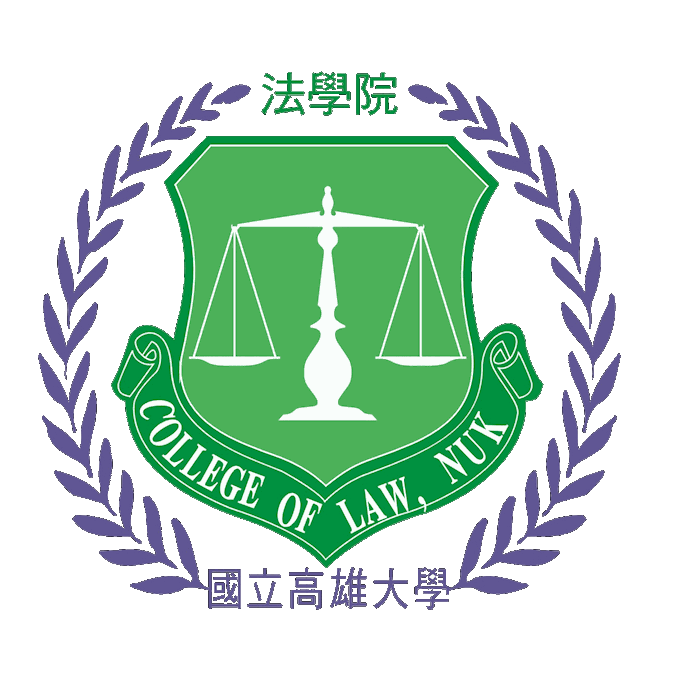

隨著醫學診療方式日益複雜且微創手術的普及,許多輔助醫療行為的醫療器材應運而生。特別是現今智慧醫療器材的蓬勃發展,以其大數據與高精準度為基石,為醫療領域帶來許多便利與創新。相對於傳統醫療器材,智慧醫療器材結合軟體、硬體及資通訊技術,呈現高度複雜的特性,因此其故障或失效所引發的法律責任挑戰更加廣泛。在探討智慧醫療器材的法律責任議題時,產品的當時科技專業水準扮演關鍵性角色。本文旨在以傳統硬體醫療器材之產品瑕疵所導致的醫療糾紛為基礎,並以達文西手術機器人作為智慧醫療器材之代表,探討司法如何評估醫療器材之當時科技水準,並根據國內外法規、學說與案例進行相關討論,歸納出當時科學與技術水準的時間點和認定標準。在此基礎上,針對智慧醫療器材瑕疵的認定、醫療機構和醫師作為「有學問之中間人」的責任、廠商資料庫的保存與舉證,以及軟體設備安全防護等議題,提供評價與建議,以供未來法律責任歸屬之參考。
With the increasing complexity of medical treatments and the prevalence of minimally invasive techniques, a variety of medical devices assisting medical procedures have emerged. Particularly, the robust development of smart medical devices, founded on big data and high precision, has brought convenience and innovation to the medical field. Compared to traditional medical devices, smart medical devices integrate software, hardware, and information and communication technology, exhibiting highly complex characteristics. Hence, the legal challenges posed by the malfunctions or failures of these devices are more extensive. When discussing the legal liability issues of smart medical devices, the contemporary professional standards of technology play a pivotal role. This paper aims to base its discussion on medical disputes caused by product defects in traditional hardware medical devices and uses the da Vinci Surgical System as a representative of smart medical devices to explore how the judiciary assesses the contemporary technological standards of medical devices. It discusses relevant regulations, doctrines, and cases both domestically and internationally, summarizing the point in time and the criteria for determining contemporary scientific and technological standards. On this basis, it provides evaluations and suggestions on issues such as the identification of defects in smart medical devices, the responsibility of hospitals and doctors as learned intermediaries, the preservation and proof of manufacturer databases, and the safety protection of software equipment, serving as a reference for future legal liability attribution.